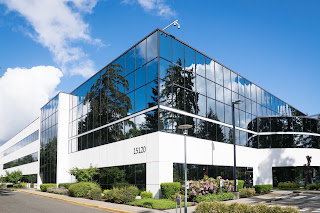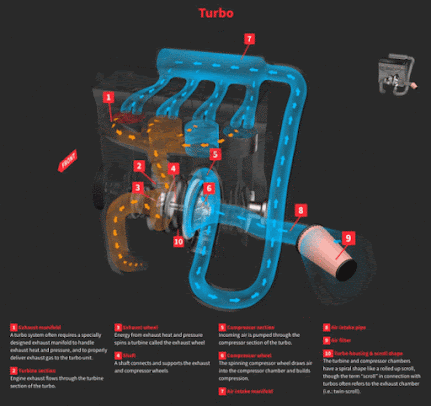There are lots of branches in engineering like civil, mechanical, electrical, electronics, computer science, mechanical, chemical, etc. You might be thinking about mechanical engineering. There are lots of questions arising in your mind. What are the options available in mechanical engineering? Is it good to go for mechanical engineering? What kind of job I will get after doing mechanical engineering? What are the subjects available in mechanical engineering? What skills set I will get after doing mechanical engineering? you will get the answer to these questions in this article.
1. What are the options available in mechanical engineering?
Mechanical engineering is an evergreen branch of engineering. It includes Manufacturing, Refrigeration, air conditioning, designing of the product, renewable energy, robotics, etc. We can not imagine our life without all of these. Options are limitless in mechanical engineering. You can create your career in the above-given field. Here are the options available for you in mechanical engineering.
1. You can go to higher studies (M.Tech., Ph.D.) in the above-given field.
2. You can go for the job in the above-given sectors.
3. You can start your own business and become an entrepreneur.
4. You can start preparing for a government job as well.
2. Is it good to go for mechanical engineering?
Yes, mechanical engineering is good for your career. The world is being driven by technology. Mechanical engineering is the second-largest and one of the oldest
disciplines; the broadest of all engineering disciplines. Mechanical engineers apply the principles of mechanics and energy to the design of machines and devices. Mechanical engineering deals with material science, mechanics, heat, production, design, etc. related to technologies. These are very essential areas of mechanical engineering, without these areas, we can not produce any component. Mechanical engineering applies the principle of physics to all these above-given areas. Here are a few skills that will be enhanced with mechanical engineering.
1. Problem-Solving skills
2. Creativity and innovation
3. Teamwork and leadership
4. Mathematics and computer skills
5. Research and Development skills
3. What kind of job I will get after graduating in mechanical engineering?
Here are the few works that are done by the mechanical engineers
- Analyze problems to see how mechanical and
thermal devices might help solve a particular problem.
- Design or redesign mechanical and thermal
devices or subsystems, using analysis and computer-aided design.
- Investigate equipment failures or
difficulties to diagnose faulty operation and to recommend remedies.
- Develop and test prototypes of devices they
design. Analyze the test results and change the
design or system as needed.
4. Job Profile of a Mechanical Engineer
Here are a few job profile
- Analytical
engineer
- Junior Engineer
- Design
engineer
- Test
engineer
- Manufacturing
engineer
- Development
engineer
- Research
engineer
- Sales
engineer
- Engineering
manager
- Consulting
engineer
- Simulation/CFD Engineer
5. What are the subjects available in mechanical engineering?
Mechanical Engineering broadly divided into 3 categories. Subjects of these 3 categories are mention below.
I hope you have learned many things about mechanical engineering through this article.
















